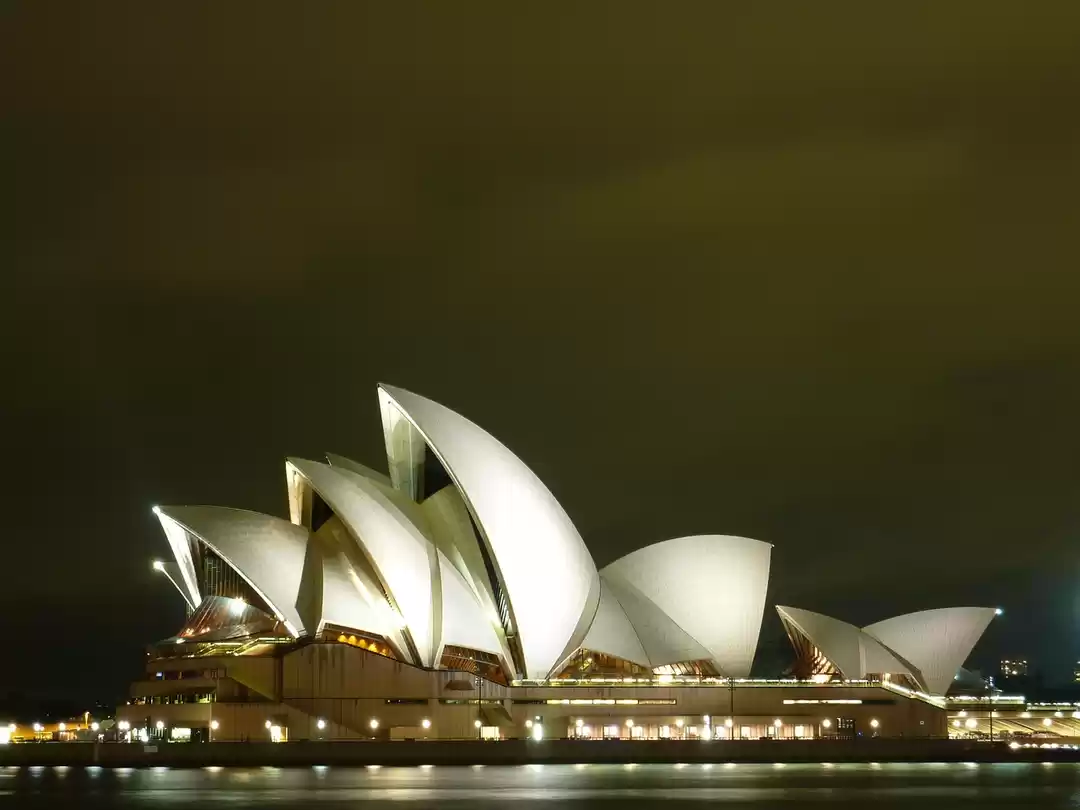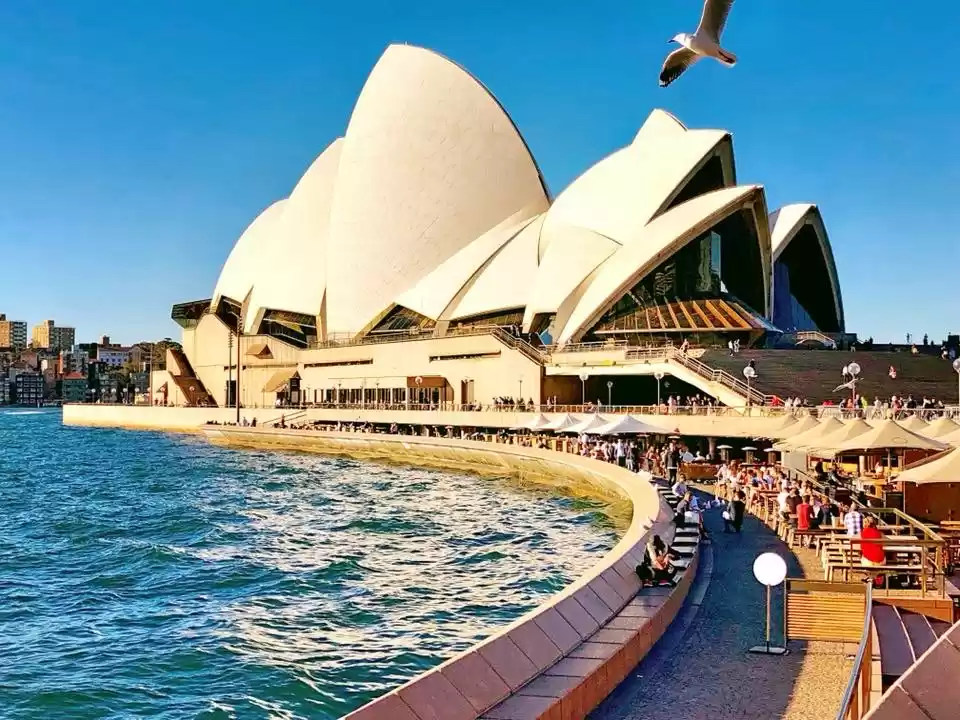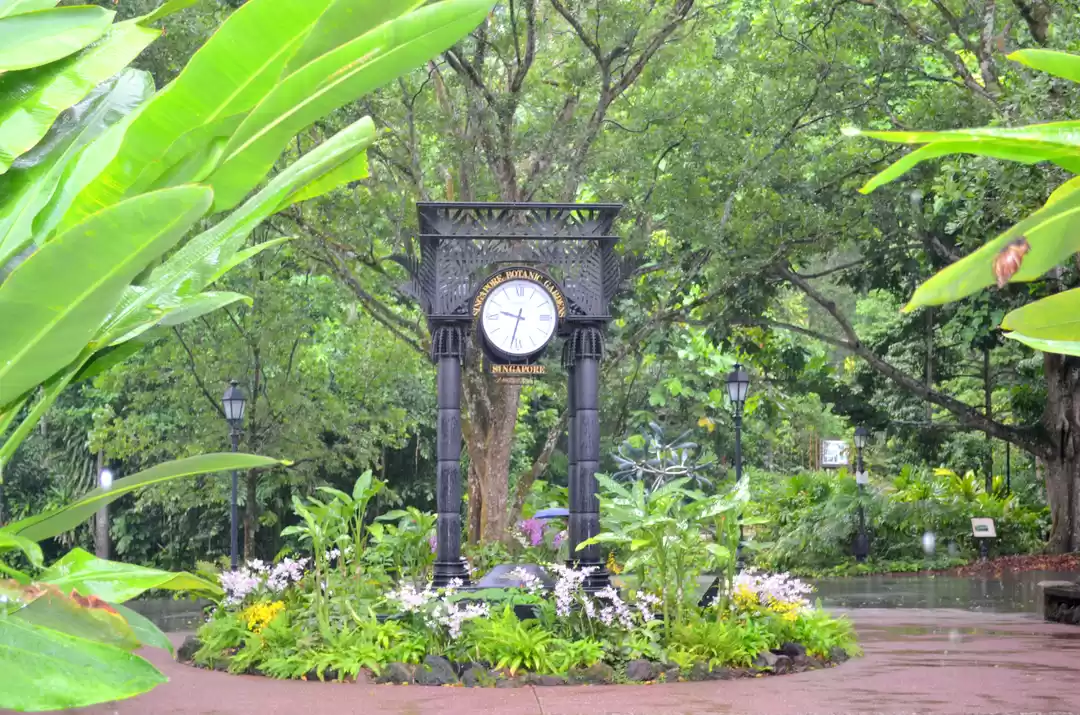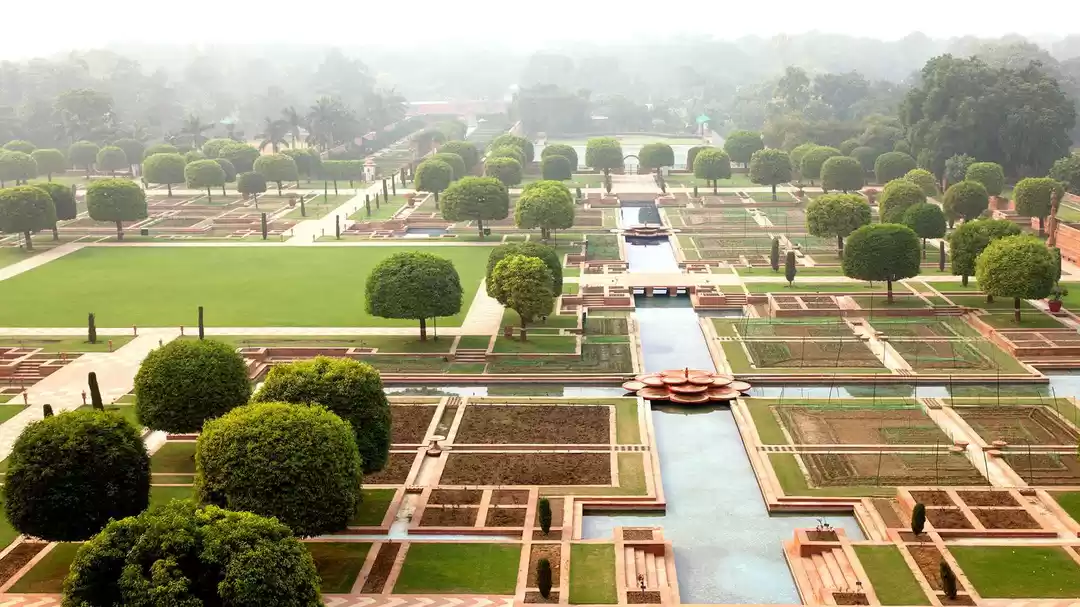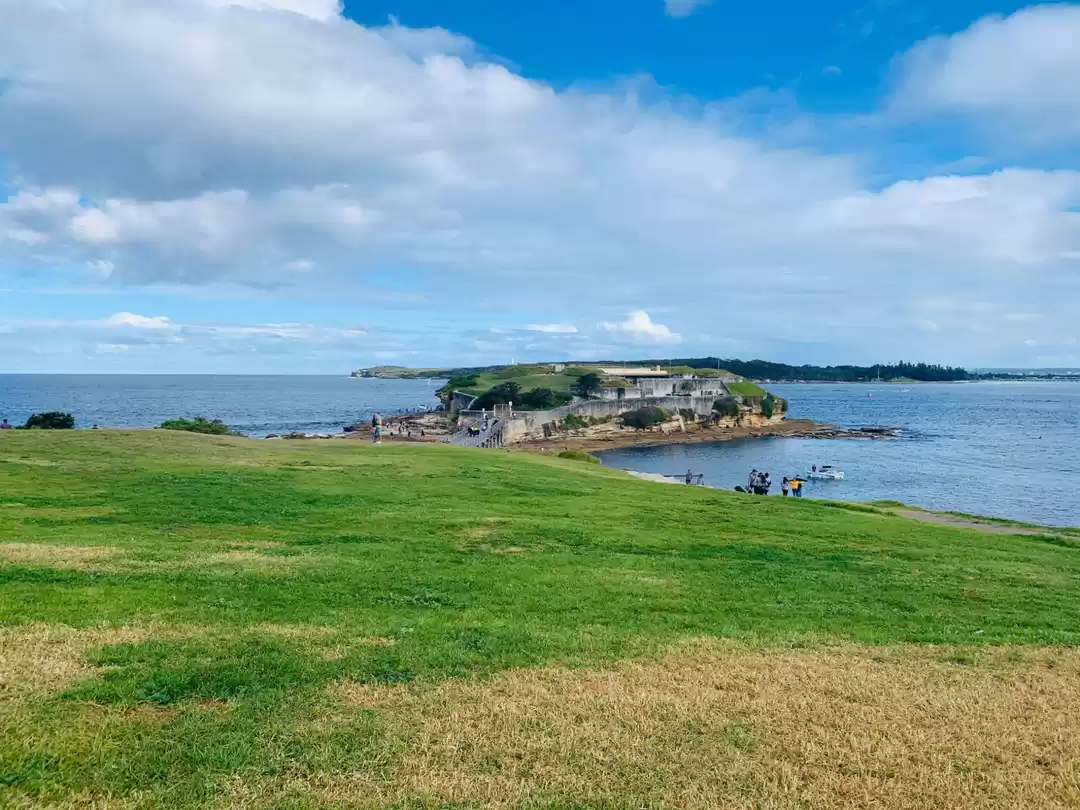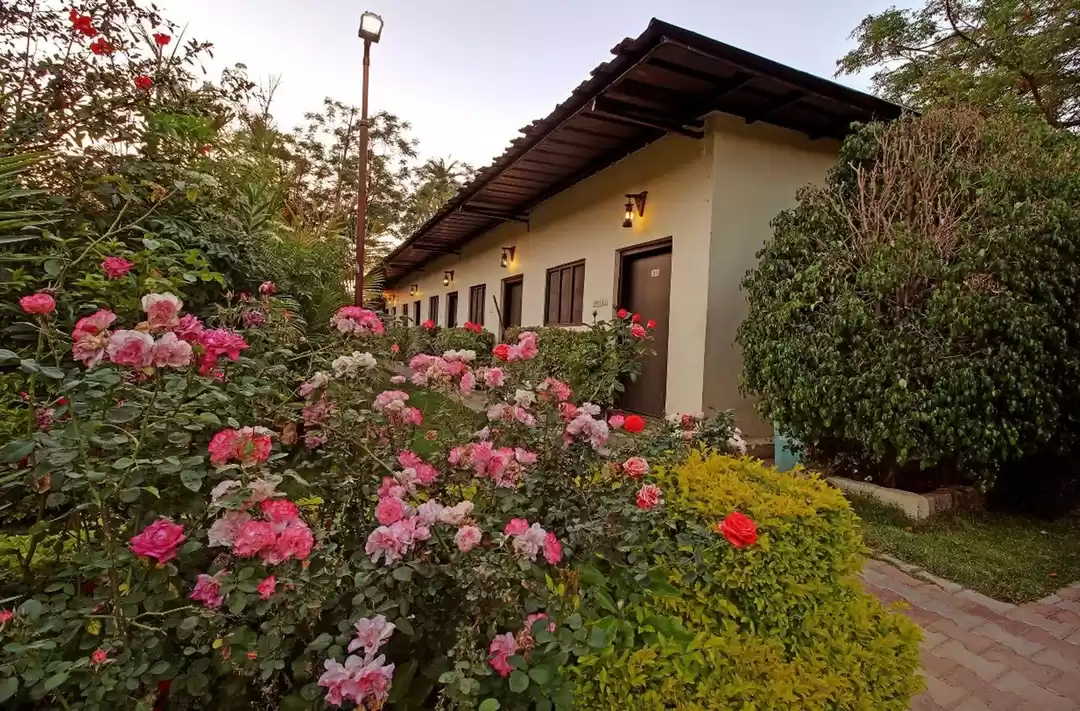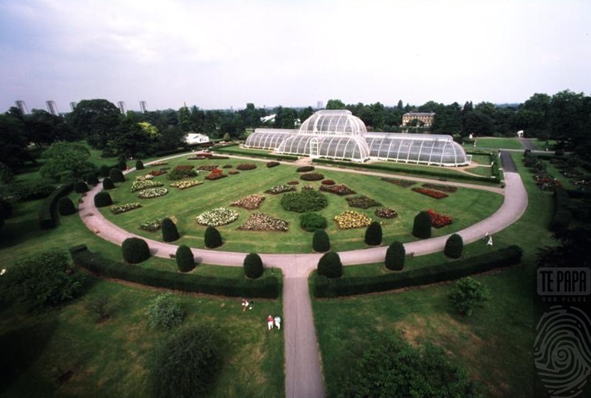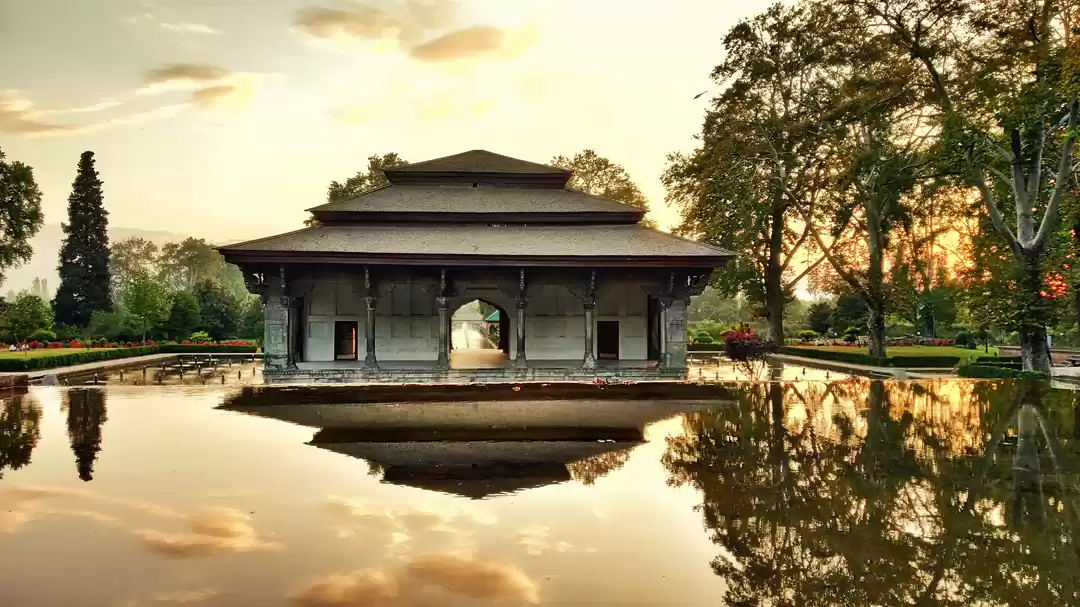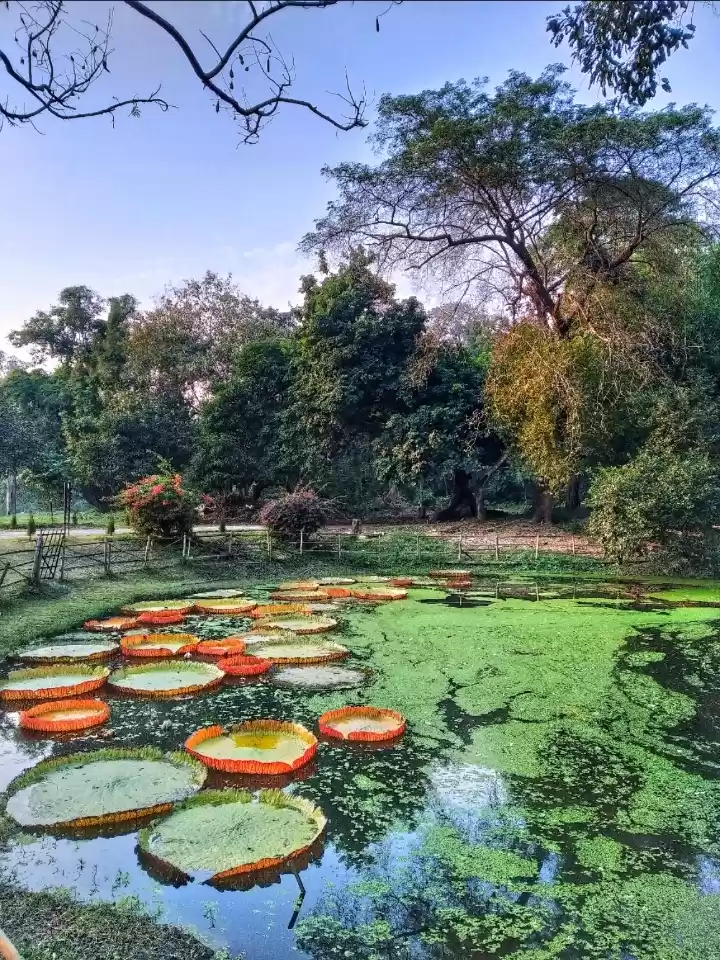Are you looking for a tranquil and scenic escape from the hustle and bustle of Sydney? Do you want to experience the beauty and diversity of nature in one place? If yes, then you should visit the Auburn Botanic Gardens, a stunning and serene oasis in the heart of Cumberland City Council. The gardens are home to a variety of habitats, features, and attractions that will delight and inspire you.
Whether you want to admire the Japanese gardens, interact with the native fauna, enjoy the formal gardens, or attend the annual Cherry Blossom Festival, you will find something for everyone at the Auburn Botanic Gardens. In this article, we will guide you through everything you need to know about the gardens, including the location, accessibility, attractions, activities, best time to visit, tips, recommendations, and nearby events and attractions. Read on to discover why the Auburn Botanic Gardens are Sydney’s hidden gem and how you can plan your perfect trip or holiday to this amazing place.
Location and Accessibility
The Auburn Botanic Gardens are located at Chisholm Road and Chiswick Road, Auburn NSW 2144, within the Cumberland City Council area. The gardens cover an area of 9.2 hectares and are divided into 12 sections, each with its own theme and character. The gardens are open daily from 7:30 am to 5:00 pm (or 7:00 pm during daylight saving time). The entry fee is $4 per person for non-Cumberland residents on weekends and public holidays, and free for Cumberland residents, children under 16, seniors, and people with disabilities. There is also a free shuttle bus service that operates on weekends and public holidays from Auburn Train Station to the gardens.
You can reach the gardens by various transport options, such as:
By car:
You can drive to the gardens via the M4 Motorway or Parramatta Road and follow the signs to the gardens. There is a large car park at the entrance of the gardens, as well as street parking along Chisholm Road and Chiswick Road.
By train:
You can take the train to Auburn Train Station, which is on the T1 Western Line and the T2 Inner West and Leppington Line. From there, you can either walk for about 25 minutes to the gardens, or take the free shuttle bus service that runs every 15 minutes on weekends and public holidays.
By bus:
You can take the bus to Auburn Train Station, which is serviced by several bus routes, such as 909, 911, 913, and 915. From there, you can either walk or take the free shuttle bus service to the gardens.
By taxi:
You can take a taxi to the gardens from anywhere in Sydney. The taxi fare will depend on the distance, time, and traffic conditions.
Attractions and Activities
The Auburn Botanic Gardens are a paradise for nature lovers, as they offer a range of attractions and activities that cater to different interests and preferences. Here are some of the highlights of the gardens that you should not miss:

The Japanese gardens:
The Japanese gardens are the most popular and iconic feature of the Auburn Botanic Gardens. They were designed by Kenzo Ogata, a renowned Japanese landscape architect, and opened in 1977. The gardens are inspired by the traditional Japanese style, featuring lakes, waterfall, bridges, stone lanterns, pavilions, and a torii gate. The gardens are also home to the Duck River, which flows through the gardens and creates a natural and peaceful atmosphere. The Japanese gardens are especially famous for hosting the annual Cherry Blossom Festival, which takes place in August and attracts thousands of visitors who come to witness the spectacular display of cherry blossoms. The festival also features cultural performances, food stalls, workshops, and activities that celebrate the Japanese culture and heritage.

The native fauna reserve:
The native fauna reserve is a must-see for animal lovers, as it showcases some of the native wildlife of Australia. The reserve is home to kangaroos, wallabies, emus, and other animals that roam freely in their natural habitat. You can observe and interact with the animals from a safe distance, and learn more about their behaviour and characteristics. The reserve also has a viewing platform, a boardwalk, and a picnic area where you can relax and enjoy the scenery.

The formal gardens:
The formal gardens are a contrast to the natural and rustic style of the native fauna reserve, as they display a more structured and elegant design. The formal gardens include the reflection pool, which is a large and rectangular pool that reflects the sky and the surrounding trees, creating a stunning and serene effect. The formal gardens also include the pergola, which is a covered walkway that is adorned with vines and flowers, and the sunken rose garden, which is a circular garden that is filled with roses of different colours and varieties. The formal gardens are a perfect place to admire the beauty and diversity of the plants and flowers, and to take some amazing photos.
The woodlands theatre:
The woodlands theatre is an outdoor amphitheatre that is surrounded by trees and plants, creating a natural and intimate setting. The theatre is used for hosting various events and performances, such as concerts, plays, musicals, and festivals. The theatre can accommodate up to 350 people, and has a stage, a sound system, and lighting equipment. The theatre is also available for hire for private and community events, such as weddings, parties, and functions.
The native garden and billabong:
The native garden and billabong are a tribute to the indigenous heritage and culture of Australia. The native garden features a wetland area that is home to a variety of native plants, such as lilies, sedges, rushes, and grasses. The billabong is a small pond that is fed by a stream, and provides a habitat for frogs, fish, and birds. The native garden and billabong also have a boardwalk that allows you to explore and appreciate the wetland ecosystem, and a mural that depicts the Aboriginal history and stories of the area.
The Australian rainforest:
The Australian rainforest is a section of the gardens that recreates the tropical and subtropical rainforests of Australia. The rainforest features a rainforest walk that takes you through a dense and lush vegetation, consisting of ferns, palms, orchids, and other plants. The rainforest also has a waterfall, a creek, and a bridge that add to the beauty and charm of the rainforest. The rainforest is a great place to experience the diversity and richness of the Australian flora, and to enjoy the cool and refreshing air.
The bonsai garden:
The bonsai garden is a collection of miniature trees that are grown and shaped in pots, following the ancient Japanese art of bonsai. The bonsai garden showcases a variety of species, such as pines, maples, junipers, and azaleas, that are carefully pruned and trained to create different styles and forms. The bonsai garden also has some sculptures and rocks that complement the trees and create a harmonious and balanced composition. The bonsai garden is a fascinating and impressive display of skill and creativity, and a testament to the beauty and elegance of the bonsai art.
The aviary:
The aviary is a large and spacious enclosure that houses a number of exotic and native birds, such as parrots, cockatoos, lorikeets, and finches. The aviary is designed to mimic the natural environment of the birds, with trees, plants, water features, and feeders. You can watch and listen to the birds as they fly, perch, and sing, and learn more about their names, origins, and characteristics. You can also feed the birds with the special food that is available at the entrance of the aviary, and interact with them in a fun and friendly way.
The picnic grounds:
The picnic grounds are a popular and convenient spot for visitors who want to have a picnic or a barbecue at the gardens. The picnic grounds have several facilities, such as barbecue pits, tables, benches, shelters, and toilets, that make your picnic comfortable and enjoyable. The picnic grounds are also close to the playground, which is a great place for children to have fun and play. The playground has various equipment, such as swings, slides, climbing frames, and sandpits, that cater to different ages and abilities. The playground also has a shade cloth and a fence that provide protection and safety for the children.
Best Time to Visit
The Auburn Botanic Gardens are open all year round, and each season offers a different and unique experience. However, some of the best times to visit the gardens are:
Spring (September to November): Spring is a beautiful and colourful time to visit the gardens, as the flowers and plants are in full bloom and the weather is mild and pleasant. You can enjoy the fragrance and the beauty of the roses, the orchids, the azaleas, and other flowers, and witness the transformation and growth of the gardens.
Summer (December to February): Summer is a warm and sunny time to visit the gardens, as the temperature is high and the sun is bright. You can enjoy the shade and the coolness of the trees, the lakes, and the waterfall, and relax and refresh yourself at the gardens.
Autumn (March to May): Autumn is a lovely and tranquil time to visit the gardens, as the leaves change colour and the weather is cool and crisp. You can enjoy the scenery and the atmosphere of the gardens, and admire the contrast and harmony of the different habitats and features.
Winter (June to August): Winter is a special and festive time to visit the gardens, as the Cherry Blossom Festival takes place in August and celebrates the Japanese culture and heritage. You can enjoy the spectacular display of cherry blossoms, as well as the cultural performances, food stalls, workshops, and activities that are part of the festival. You can also experience the snow and ice sculptures that are created by the local artists and community groups.
Tips and Recommendations
To make the most of your visit to the Auburn Botanic Gardens, here are some tips and recommendations that you should keep in mind:
1. Bring a camera to capture the beauty and the diversity of the gardens, and to create some memorable and stunning photos.
2. Wear comfortable shoes and clothing to enjoy the walk and the activities at the gardens, and to explore the different sections and features of the gardens.
3. Check the weather forecast and dress accordingly, as the weather in Sydney can be unpredictable and changeable. You may need to bring a hat, sunscreen, sunglasses, umbrella, raincoat, or jacket, depending on the weather conditions.
4. Book in advance for the Cherry Blossom Festival and other events and performances at the gardens, as they can be very popular and crowded, and may have limited tickets or seats available. You can book online through the Cumberland City Council website or the event organisers’ websites.
5. Explore other nearby attractions, such as the Auburn Gallipoli Mosque, the Peacock Gallery and Arts Studio, and the Auburn Heritage Walk, which are within walking distance or a short drive from the gardens. You can learn more about the history, culture, and art of the area, and discover some of the hidden gems of Sydney.
Nearby Events and Attractions
If you want to extend your stay and enjoy more of Sydney and the surrounding areas, you can check out some of the nearby events and attractions that are happening throughout the year, such as:
Festivals, such as the Sydney Festival, the Lunar New Year Festival, and the Sydney Comedy Festival, which are some of the biggest and most exciting festivals in Sydney, featuring music, theatre, dance, comedy, art, and culture from local and international artists and performers. You can join the festivities and celebrations, and experience the diversity and vibrancy of Sydney.
Concerts, such as the Sydney Opera House Concerts, the Sydney Symphony Orchestra, and the Sydney Philharmonia Choirs, which are some of the best and most prestigious concerts in Sydney, featuring classical, contemporary, and popular music from world-class musicians and singers. You can enjoy the music and the acoustics, and admire the architecture and the views of the Sydney Opera House, one of the most iconic landmarks in Sydney.
Exhibitions, such as the Art Gallery of New South Wales, the Museum of Contemporary Art, and the Powerhouse Museum, which are some of the best and most innovative exhibitions in Sydney, featuring art, design, science, technology, and history from local and international artists and curators. You can explore and appreciate the exhibits and the collections, and learn more about the stories and the ideas behind them.
Tours, such as the Sydney Harbour Bridge Climb, the Sydney Tower Eye, and the Taronga Zoo, which are some of the best and most adventurous tours in Sydney, featuring stunning views, thrilling heights, and amazing animals. You can climb the Sydney Harbour Bridge, the largest steel arch bridge in the world, and enjoy the panoramic view of the harbour and the city. You can also visit the Sydney Tower Eye, the tallest building in Sydney, and see the city from a different perspective. You can also visit the Taronga Zoo, one of the best zoos in the world, and see over 4,000 animals from different habitats and regions.
We hope this article has inspired you to visit the Auburn Botanic Gardens and discover why they are Sydney’s hidden gem. Whether you are looking for a tranquil and scenic escape, a cultural and festive experience, or a fun and educational adventure, you will find it at the gardens.
Don’t miss this opportunity to explore and enjoy one of the most beautiful and diverse places in Sydney.




















